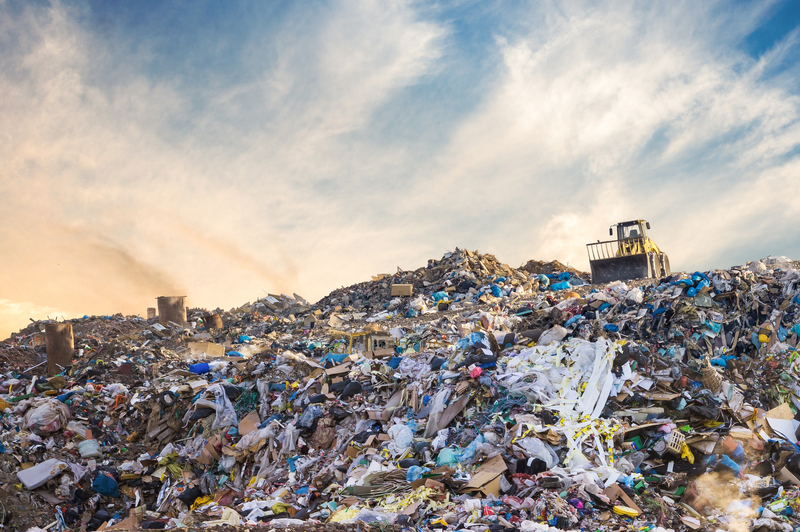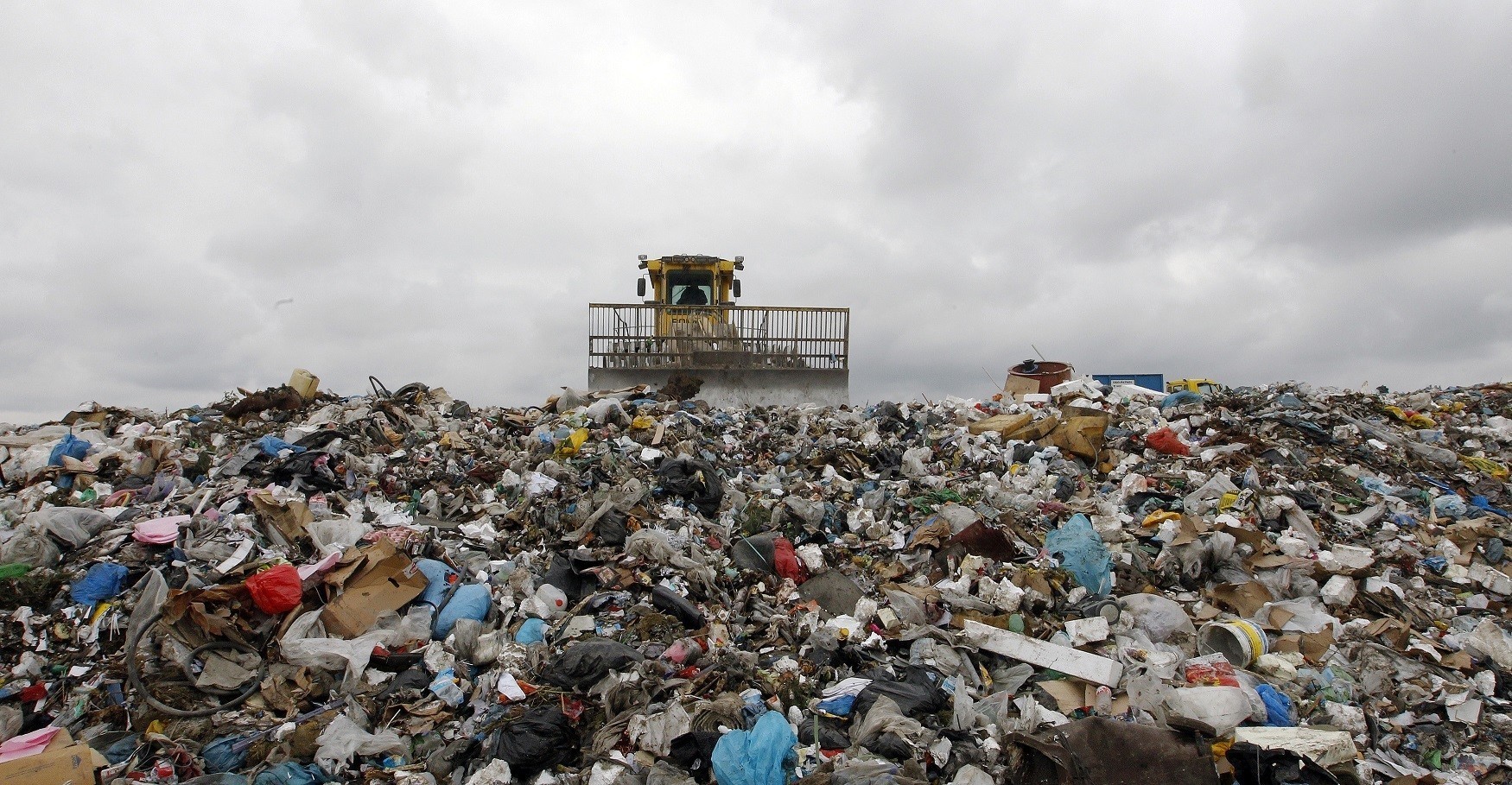Some figures show the world will soon collapse under garbage.
Terrifying! 70% more waste in 30 years: this is the warning cry launched by the World Bank in its latest report. This increase is all the more alarming as it will largely occur in developing countries, where waste is often poorly taken care of and a great source of pollution. Below are some numbers to understand everything about the upcoming garbage crisis.
Packaging, expired food, old clothes and obsolete appliances … The more we consume, the more waste we generate. This is not without consequences for our health and the environment, because if these billions of tonnes of garbage are relatively well managed in rich countries, they most often end up in open dumps in countries that do not have the capacity to collect and process them. The World Bank is appealing to respond.
3.4 billion tonnes of waste per year are expectd in 2050. The annual production of municipal waste (household waste and other waste taken in charge by a town or a local authority) already exceeds 2 billion tonnes per year. Due to rapid urbanization, rising living standards and population growth, this volume is likely to increase by 70% to 3.4 billion tonnes in 2050, according to the World Bank. In sub-Saharan Africa, countries will even have to face a tripling of the mass of waste, with more than 516 million tonnes compared to 174 today. A disaster, especially since these countries have little infrastructure to manage this influx.
0.74 kg of waste per day for each inhabitant of the planet, it is possible? Each inhabitant produces on average 0.74 kg of waste per day. A figure that hides wide disparities, from 0.11 kg in Lesotho to 4.50 kg in the Bermuda. These differences are strongly linked to the level of development: the higher the standard of living, the more the population consumes prepared products, generating more packaging to throw away. Although they represent only 16% of the world’s population, developed countries generate 34% of the world’s waste. This production is also progressing with urbanization.
Food or plant waste represents the largest part (44%) of the total volume. Plastic comes second, with 17% of the volume of waste. Again, large disparities can be observed depending on the level of development. Low-income countries produce more food waste, while developed countries produce more dry waste (plastic, paper, metal, or glass), mainly from industry and consumer products.

39% of the waste is collected in developing countries. In developed countries, it is usual to see the garbage truck passing several times a week outside your home. Alas, this is far from being a generality elsewhere in the world. Barely 39% of the waste is collected in low-income countries. Very often, they are burned at the back of a house or thrown into the street by households, which leads to traffic problems in cities and promotes the spread of disease.
19% of the waste is recycled or composted. Today, the vast majority of municipal waste is landfilled: 37% is buried and 33% is left in the open. Barely 19% is recycled or composted and 11% is incinerated. Recycling is still a prerogative of the rich countries: in low-income countries, it only concerns 4% of waste, the overwhelming majority (93%) ending up in open-air dumps more or less well managed, with sometimes a leakage of toxic compounds into the soil, dangerously harmful to the environment and human health.
The collection and treatment of waste generates 1.6 billion tonnes of carbon equivalent per year, or 5% of total greenhouse gas emissions. If nothing is done, this figure could reach 2.6 billion tonnes in 2050, further aggravating global warming, essentially warns the World Bank. These emissions come mainly from the methane released by the decomposition of garbage in landfills. A waste all the more revolting that this methane could be recovered as an energy resource for heating buildings.
Between 100 and 1,000 years, this is the lifespan of a plastic bottle in nature. Plastic represents only 12% of municipal waste, but it has a particularly long lifespan. While plant waste disappears in a few days or weeks, a plastic bottle takes between 100 and 1,000 years to degrade. In addition, plastic bags can suffocate animals if ingested, microplastic particles contaminate the oceans and marine organisms. According to the Ellen MacArthur Foundation, there will be more plastic than fish in the oceans in 2050 if no action is taken.
Waste management tales up to one fifth of the municipal budget. If so much waste is still abandoned, it is because its management represents a high cost for municipalities: up to 20% of their total budget in developing countries (against 4% for cities in rich countries). Consequently, cities with few resources often turn to the least expensive solution, in this case, simple landfill. In addition, it is a sector highly subject to corruption, where funding is often diverted for other purposes.
15 million people live on waste. The informal market for garbage employs 15 million people. It is often the poorest and most vulnerable populations (women, children, immigrants …) who collect, sort and resell the garbage in exchange for some small change. These workers feed, in some cases, a real local economy which deprives children of education and exposes them to dangerous products and diseases.
There is 18 times more industrial waste than household waste. Households are not by far the primary source of waste. The industry thus generates 18 times more, or 12.7 kg of waste per day and per inhabitant. This non-hazardous waste (scrap, paper-cardboard, glass, textile, wood, plastic …) can be recovered, for example as a fuel to replace petroleum. The problem comes mainly from hazardous waste (materials containing asbestos, medical waste, devices containing PCBs and PCTs, etc.), which are particularly difficult to treat and which have a high level of toxicity for the environment. Agriculture is also a major producer of waste, but it is often organic waste that is collected separately and can be reused as fertilizer or for animal feed.


